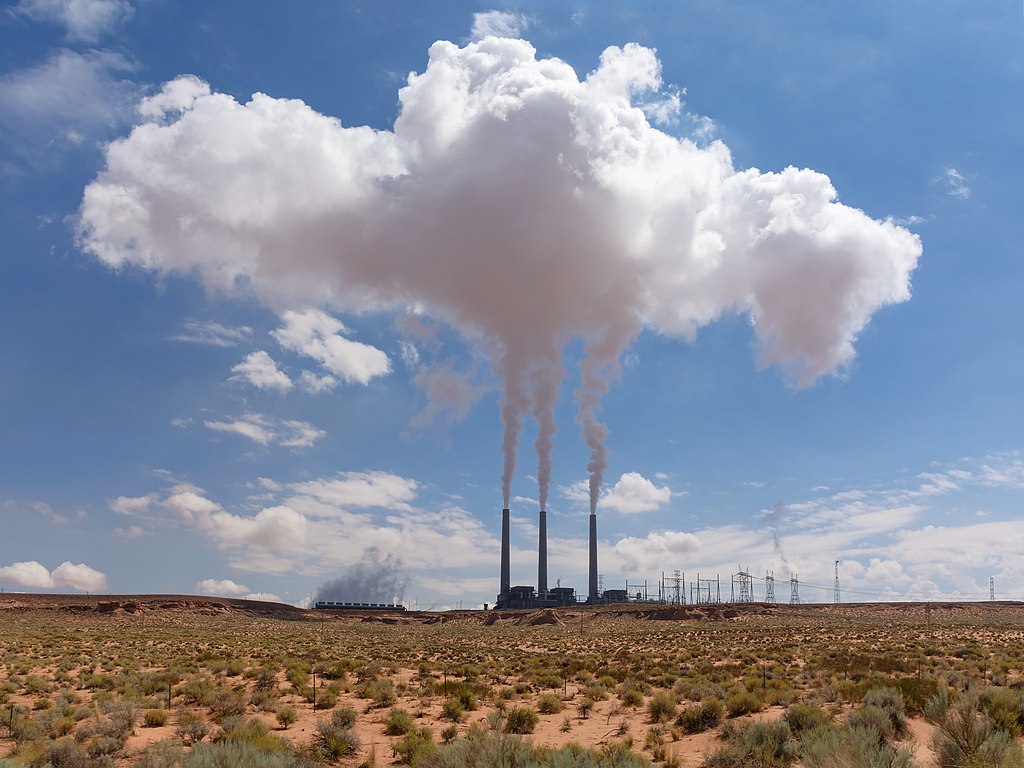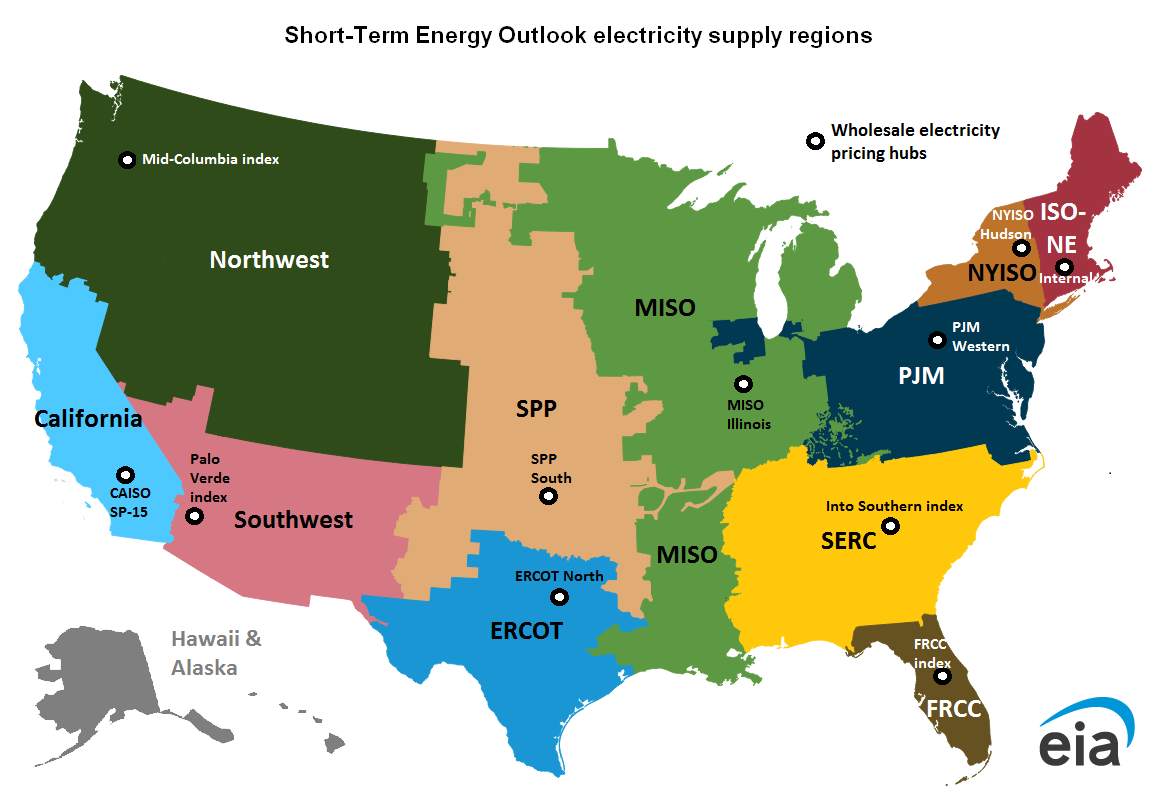Contact lenses: The new problematic plastic?
Digital Writer/Climate Change Reporter
Saturday, August 25, 2018, 11:47 AM - A proposal to revitalize the U.S. coal industry while risking human health, the increasing dangers of tsunamis, the plastic problem of contact lenses, and a new discovery for making biofuels. It's What's Up in Climate Change.
CONTACT LENSES - THE NEW PROBLEMATIC PLASTIC?
The fate of most disposable plastic items includes landfills, rivers and oceans, where materials can take hundreds of years to break down. The anti-plastic trend this summer shows that consumers are becoming more aware of pollution, and a new study shows that discarded contact lenses are another plastic material causing problems. The study shows that contact lenses are accumulating in wastewater treatment plants and could cause problems for the treatments and the aquatic life that helps break down waste and purify the water.
In the United States approximately 45 million people wear contact lenses, and between 15 to 20 per cent of wearers dispose of their lenses by flushing them down the sink or toilet. They are made out of a plastic that is denser than water, which causes them to sink and accumulate at the bottom of wastewater treatments in giant masses that weigh between 6 and 10 metric tons.

Contact lenses help millions with their vision, but disposal in waterways is creating problems for water treatment plants. Credit: Wikimedia Commons
Contact lenses are designed from a plastic that allows oxygen to pass through to the eye, and the study found that the wastewater treatment broke down the lenses into components that would ultimately become microplastics. Aquatic species end up accumulating microplastics in their body mass since they are unable to break them down, which poses a risk for human health since they are part of a long food chain, and the microplastics could end up in food that we eat.
The researchers of this first-of-its-kind study hope that in the future the manufacturers that package contact lenses will include a notice on the packages of how to properly dispose of them. Until then, it is best for wearers to dispose of contact lenses along with solid waste and to try quitting the habit of tossing them down the drain.
THE NEW US EPA COAL PROPOSAL NOTES GREATER RISK OF DEATH
There are plenty of reasons that have earned coal it's bad reputation, and Trump's new proposal to revitalize the U.S. domestic coal industry could come at a greater cost than just worsened air pollution.
The Environmental Protection Agency (EPA) has released a new proposal, the Affordable Clean Energy rule, which would reverse Obama-era efforts to fight climate change and regulate coal production with the Clean Power Plan. This proposal includes an impact analysis of how human health and the environment would be effected, and outlines that there is expected increases in carbon dioxide emissions and other pollutants would result in 48,000 new cases of exacerbated asthma, at least 21,000 new missed days of school annually by 2030, and up to 1,400 premature deaths annually. The costs of electricity prices are expected to fall between 0.2 and 0.5 percent in 2025.

The Navajo Generating Station, a coal-fired plant located on the Navajo Nation, near Page, Arizona United States (2014). Credit: Wikimedia Commons
Trump's proposal would allow states to set their own carbon emission standards for coal-fired power plants. Each plant will be able to regulate their own amount of emissions, as opposed to the state setting a maximum limit, and will allow plants to bypass industry pollution reviews. Revitalizing the coal industry was one of Trump's key campaign promises to create jobs and stimulate the economy, particularly the local economies in the heart of the coal industry, such as West Virginia.
This proposal represents a giant step backwards in both the energy and environmental sector. Coal is the dirtiest fossil fuel out there - it releases the highest amount of carbon dioxide compared to all the other fossil fuel sources, emissions contain toxic pollutants including mercury, nitrogen oxides, sulphur dioxide that cause smog and acid rain, and has significant consequences for human health - coal combustion has been related to asthma, lung cancer, congestive heart failure, and strokes.
On numerous occasions Trump has described opposition to this energy source as "the war on beautiful, clean coal." Coal can never be clean, and we do not need it to be. The annual trends report for 2018 from FTSE Russell states that the green economy has quickly grown and now represents 6 per cent of globally listed equity, which is approximately the same size as the shrinking fossil fuel sector, largely due to the competitive prices of natural gas and rapid developments of renewables. Emissions from coal in the U.S. has decreased over the years (see below), but the new proposal could change this.

Usage and carbon emissions from coal have decreased over recent years. Credit: U.S. Energy Information Administration
The worsened air quality won't just affect the states where the plants are located. Emissions and pollutants from coal fired plants in Ohio make their way up to Ontario and worsens the air quality in the southern regions of the province. Even though Ontario phased out coal in 2004, more than half of Ontario's smog blows in from the U.S., specifically from the relatively close by Ohio Valley area. The U.S. is the second largest emitter of carbon dioxide amongst all nations in the world, and while the direct smog and pollutant emissions will only affect some nearby countries, the entire world will have to account for a potential leap in global carbon emissions.
SEA LEVEL RISE COULD INCREASE DEVASTATING TSUNAMIS WORLDWIDE
Impending sea level rise will soon have communities constructing new shorelines to manage the rising seas and relocating inland. But a new study reports that even moving inland doesn't guarantee safety from the shores, and shows that the projected minor sea level rise will increase the risk of catastrophic tsunamis worldwide and will cause them to reach further inland than ever before.
Abrupt movements on the ocean floor, such as underwater volcanic eruptions or earthquakes, can trigger tsunamis that are able to travel across entire oceans at speeds up to 800 kilometres per hour and reach up to 16 kilometres inland. The 2004 Indian Ocean earthquake caused a tsunami that was one of the most violent and deadly ever recorded, affecting numerous countries in Southeast Asia, travelled as far as Alaska, and claimed over 227,000 lives.

The 2004 Indian Ocean tsunami in Ao Nang, Krabi Province, Thailand. Credit: Wikimedia Commons
The researchers used computer simulations to model how sea level rise would affect the frequency of tsunamis and test the magnitude of an earthquake disturbance to see what could cause widespread tsunami inundation in the Chinese territory of Macau. This region was chosen for its similarities to the source areas that resulted in the 2004 Indian Ocean earthquake and dense population distribution along shorelines. The simulations showed that a sea level rise of 50 centimetres would increase tsunami induced flooding by 1.2 to 2.4 times, and 1.5 to 4.7 times for a 91.4 centimetre increase. This indicates that areas located near regions of frequent seismic activity might not face challenges with flooding now, but in the future communities will have to implement early warning tsunami technologies and adjust coastlines to prevent flooding.
The Paris Agreement's goal of preventing a 2 degree rise in global temperatures this century will likely be exceeded. The UN Intergovernmental Panel on Climate Change (IPCC) 2014 report projected a sea level rise of 73.6 centimeters by 2100, and other models project a rise of up to 93 to 243 centimeters. The study indicates that even just a 50 centimeter rise, which will likely be reached well before the end of this century, will present tsunami challenges for even minor seismic activity and increasingly destructive outcomes for significant seismic events.
NEW TECHNOLOGY USES OCEAN WATER AS A SOURCE FOR BIOFUEL
Seawater is an abundant natural resource and many scientists have developed a number of technologies to harvest the waters to use for our benefit, such as tidal power and desalination. Joining these green technologies is a new process published in a recent study that uses both seawater and marine yeast to produce bioethanol, a type of fuel made from biomass and what some say is one of the best alternatives to petrol.

Technological advancements could use seawater and marine yeast to meet energy demands and help grow the bioenergy sector. Credit: Wikimedia Commons
Biofuels can be made from fermenting crops like corn, wheat, and sugarcane, and are used for a number of reasons. Governments in a number of countries now require ethanol to be blended into the gasoline mix to reduce the overall amount of emitted carbon, most grades of Petro-Canada fuel contain up to 10% ethanol, and some cars around the world are even being designed to run entirely on ethanol. The current technologies used to process bioethanol rely on large amounts of freshwater, a process which some argue wastes water that could be used for irrigation or human consumption. The researchers of this study sought to reduce this large water footprint by using seawater to prepare the fermentation materials and new marine yeast strain 'S. cerevisiae AZ65.'
The trials found that this marine yeast strain performed significantly better than the traditional yeast strain sourced from land when seawater was used to prepare the fermentation media. The study notes that the success of both the marine yeast and using seawater as a medium demonstrates the significant potential seawater has for bioenergy, and could greatly alleviate energy demands and redirect the uses for biofuel crops like corn to addressing global hunger.
Sources: New York Times | FTSE Russell | U.S. Energy Information Administration | Science Advances | Science Daily | Nature - Scientific Reports



